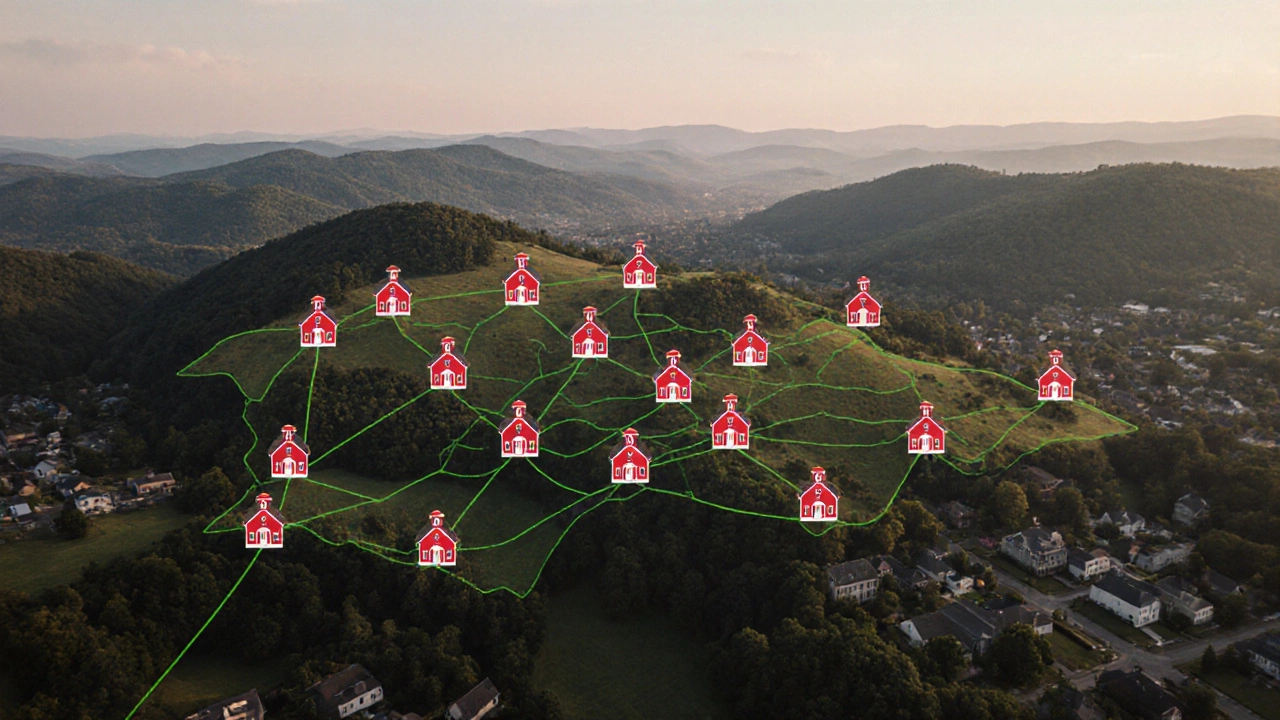Public Elementary Schools Roanoke: A Comprehensive Overview
When exploring Public Elementary Schools Roanoke, the network of K‑5 institutions serving the Roanoke community, offering a blend of academic programs, extracurricular activities, and support services. Also known as Roanoke Public Primary Schools, they play a pivotal role in shaping early learning outcomes. Public elementary schools Roanoke are part of a larger education ecosystem that includes teachers, families, and local government.
One key component is Elementary Education, the foundational stage that builds literacy, numeracy, and social skills through structured curricula and play‑based learning. This stage sets the tone for later academic success and requires qualified teachers, age‑appropriate resources, and safe environments. Another essential element is the Roanoke School District, the governing body that allocates resources, sets standards, and oversees school performance across the city. The district’s policies directly influence class sizes, teacher hiring, and the availability of special programs.
Key Factors to Consider
Understanding Public School Funding, the financial streams from local taxes, state grants, and federal programs that sustain facilities, technology, and staff salaries helps families gauge the quality of resources a school can provide. Schools with robust funding often offer enriched art, music, and STEM opportunities, while those facing budget constraints may limit extracurricular options. Equally important is Parent Involvement, the active participation of families in school events, volunteer activities, and decision‑making processes. Research shows that higher parent engagement correlates with better student attendance, higher test scores, and improved behavior.
These entities interact in clear ways: the district allocates funding, funding determines program availability, and parent involvement can sway district priorities. For example, a strong PTA can lobby for upgraded playground equipment, which in turn boosts student physical health and morale. Likewise, effective use of funding enables schools to adopt blended learning models, integrating digital tools that support remote instruction when needed.
Beyond the basics, families often wonder how these schools compare to other options like private academies or homeschooling. While private schools may offer smaller class sizes, public elementary schools Roanoke benefit from inclusive policies and diverse student bodies, fostering social skills across different backgrounds. Plus, public schools are required to meet state curriculum standards, ensuring a consistent educational foundation.
If you’re weighing the choice between staying local or exploring alternatives, consider the flexibility of public schools to adapt to changing needs. During unexpected events—such as health crises or weather disruptions—public schools typically have district‑wide contingency plans that allow for rapid transition to distance learning, a capability highlighted in many of our related articles.
Below you’ll find a curated selection of articles covering everything from remote learning vs. homeschooling to funding insights and inclusive language guides. Together they give you a practical roadmap to understand, evaluate, and make the best decision for your child’s education in Roanoke.

Number of Elementary Schools in Roanoke County, VA (2025)
- by Eliza Fairweather
- on 11 Oct 2025
Discover that Roanoke County, VA has 28 public elementary schools in 2025, with a full list, enrollment data, and tips on verifying the numbers.
